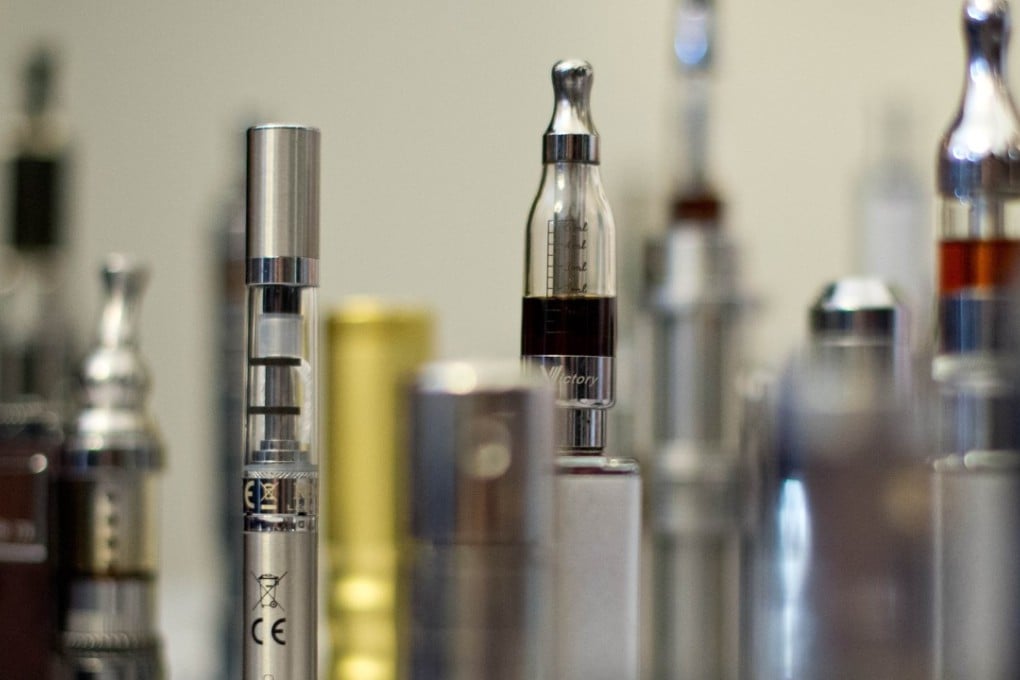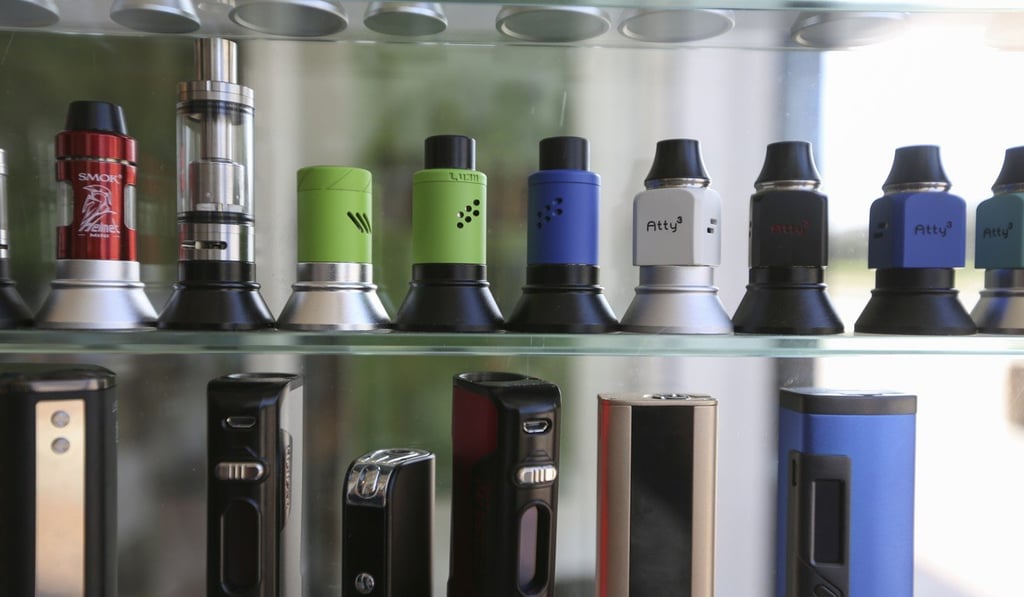Vaping and e-cigarettes in Hong Kong: a dangerous gateway or a safe tool for quitting smoking?
As the Hong Kong government considers banning e-cigarettes and legislating against vaping, we talk to experts, detractors and fans of the 13-year-old phenomenon

RTHK Radio 3 DJ Peter King puffs thoughtfully away as he recalls the exact date he kicked his half-century tobacco habit. “It was the 3rd of March, 2014. You never forget the day. It’s a week, then two weeks, then a month. Now, it’s been more than three years.”

“Another thing I’ve noticed is that my chest has expanded because my lungs are working more efficiently. My sense of smell has definitely improved, and my energy levels have gone up.”
King, 62, started smoking at the age of 11 and was burning his way through two packets a day when he stubbed out his last stick and picked up an e-cigarette for the first time at the recommendation of a friend.
As well as noticing his health improve, King reckons he saves between HK$3,500 and HK$3,800 a month.
E-cigarettes have boomed in popularity since they went on sale in 2004. From a single manufacturer in China, the use of e-cigarettes – known as vaping – has become a multibillion-dollar industry with more than 450 brands, according to the World Health Organisation. They work by creating a vapour from a mixture of propylene glycol, glycerine and flavourings – often including nicotine – that replicates the smoking experience but without most of the toxic chemicals found in traditional cigarettes.
